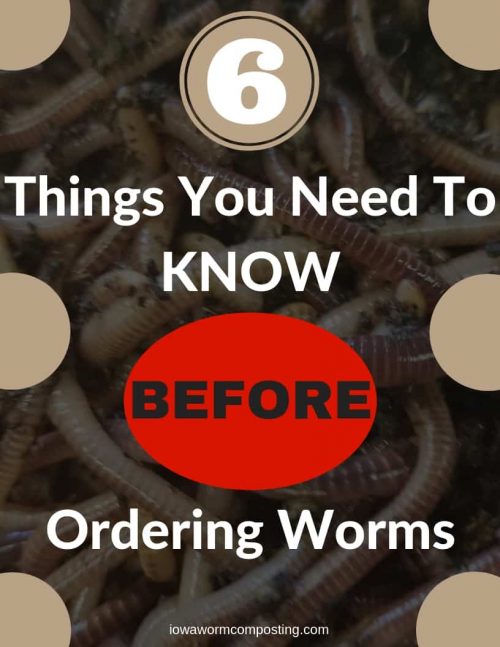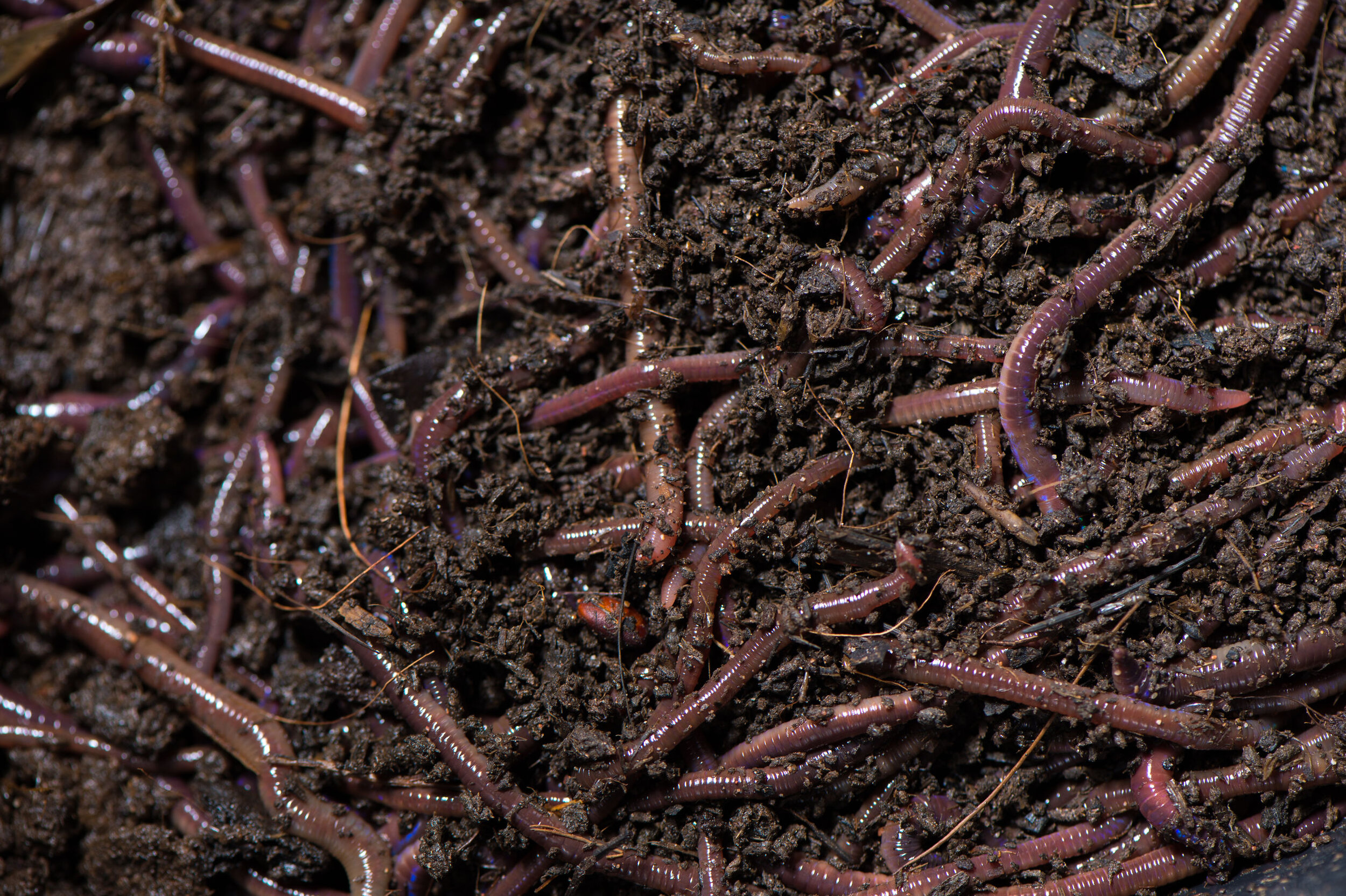The Only Guide to North Carolina Worms
The Only Guide to North Carolina Worms
Blog Article
Not known Factual Statements About North Carolina Worms
Table of ContentsSee This Report on North Carolina WormsNorth Carolina Worms Fundamentals ExplainedSome Known Facts About North Carolina Worms.Some Known Incorrect Statements About North Carolina Worms Unknown Facts About North Carolina Worms
Instance: 1-gallon of worm castings to 4 gallons of potting mix. 1/2 mug in the base of the growing hole for smaller plants. 1 mug for larger plants.We find that worm spreadings are not actually needed for seed beginning., advertises much better germination prices and plant health.
The enhancement of tea can additionally add boosted microbial biomass to your dirt. Bait. You can always side-dress your plants with worm castings any time. Simply keep in mind, the microorganisms will die if revealed to UV rays (Sunlight), so be sure to cover the castings with an inch or two of dirt

This baffled them for years till the screening methods came to be much better. It would get far better(with even more castings), level off, and then decline. Too lots of worm spreadings would certainly increase the growth to a pace that the plant can not recuperate from.
The Best Strategy To Use For North Carolina Worms
Many herbicides service this same concept. So, 20% by volume appears to be the "Sweet Spot". I have clarified the virtues of worm castings for regarding 2000 words. What concerning the opposite side of the coin? Absolutely nothing is excellent. Worm castings are no different. It takes some time to develop quality worm castings.
Worm spreadings absolutely cost even more than chemical fertilizers. Worm castings are on the less expensive end of natural plant foods. (50 gallons per year) It is a much harder and very pricey investment to produce big quantities of worm castings.
I would place worm castings up versus any kind of fertilizer (chemical or natural) for plant health and wellness and return. We have chatted about the lots of benefits of worm spreadings.
Producing a healthy soil may be the biggest advantage of worm castings. We reviewed worm castings NPK and also the appropriate nutrient evaluation that need to apply to worm spreadings.
The Ultimate Guide To North Carolina Worms
We talked concerning some of the negative aspects connected with worm castings. I covered a lot of product in this post.
(https://businesslistingplus.com/profile/nrthc4ro1nwr/)The vertical burrows are usually open, although the worms cap the top with deposit and waste matter. Origins require oxygen for their growth, whereas they produce carbon dioxide that needs to leave the soil.

Examine This Report on North Carolina Worms
In another research, earthworms were estimated to take in 4 to 10 percent of the leading 6 inches of the dirt every year. This only goes to show the substantial amounts of dirt that can be processed by earthworms. Soil compaction reduces the porosity of the dirt. Due to the fact that earthworms enhance porosity, they lower the effects of compaction.
Common earthworm populaces can quickly eat 2 lots of completely dry matter per acre annually, partially absorbing and mixing it with dirt. The relevance of earthworms to mix surface area deposit with soil comes to be very clear in soils that do not have any earthworms. A lot of our Pennsylvania soils contend the very least some earthworms, and the result of their complete absence, as a result, can not be kept in mind.
In these dirts, you can try this out the development of topsoil with sensible raw material material did not take area, causing bad crop development. When the reason was developed, the federal government of the Netherlands began a project to present earthworms. After the intro of the earthworms, a dark topsoil layer was formed, and crop growth enhanced significantly.
North Carolina Worms - Questions
They live primarily from partly broken down raw material that is currently included in the soil. They eat their way through the soil, creating horizontal burrows that they full of their waste matter. These species consume big amounts of dirt that they combine with digested crop deposit in their digestive tracts. or anecic species stay in irreversible vertical burrows that can be 5 or 6 feet deep.
These types consume considerable quantities of soil that they blend with digested deposit in their digestive tracts. Their waste matter is mainly transferred at the surface of the dirt.
Report this page